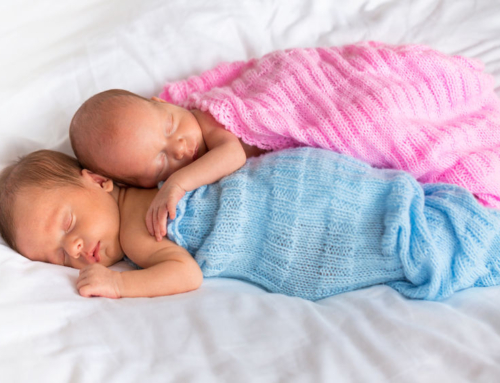Infertile Fields: Endometriosis And Infertility
Endometriosis is a disease which affects around 6.3 million women in the United States. This is a chronic disease causing severe pain. Endometriosis occurs when the tissue lining of the uterus, or the endometrium, extends outside of the uterus. Most frequently, the condition is found in the ovaries and abdomen, the fallopian tubes, and the lining of the pelvic cavity.

Concerns of growth
Endometrial growths may also occur in the vagina, bowel, cervix, bladder, and vulva. The abnormal endometrial growths respond to the menstrual cycle in the same way that the lining of the uterus does; each month the tissue builds up then breaks down and sloughs away. However, the tissue shedding from the abnormal endometrial growths has no way of leaving the body, which results in internal bleeding, severe pain, and inflammation.
Signs and symptoms
Some women may not notice any symptoms. Others may suffer frequent and painful symptoms. Common symptoms of the condition may include:
- Heavy or painful periods
- Abdominal pain or cramping before and during menstruation
- Pain during or after intercourse
- Painful urination or bowel movement
- Infertility
- Diarrhea or constipation
- Fatigue
- Bloating or nausea
The connection to infertility
Endometriosis can result in difficulty conceiving. This condition is evaluated and treated based on a staging system.
Stage I
Stage I endometriosis presents as a few tiny implants of endometriosis with no visible scar tissue. To increase the chances of conception, the woman is given fertility medication at the beginning of the menstrual period. A sample of the partner’s sperm is taken at the same time. When the woman is ovulating, the doctor places the sperm in the woman’s uterus.
Stage II
At this stage, more implants of endometriosis are present than in stage I but affect less than two inches of the abdomen. No scar tissue is visible. The treatment is the same as for stage I.
Stage III
Stage III endometriosis is considered to be a moderate disease. The endometriosis may be deep within the abdomen and may create pockets known as endometriomas. Scar tissue may be visible surrounding the ovaries or fallopian tubes. If the woman is still unable to conceive after surgical treatment for stage III endometriosis, a physician will usually recommend IVF treatment.
Stage IV
Stage IV endometriosis is considered to be a serious disease. Many endometriotic implants are present. There may also be larger ovarian cysts and scar tissue around the ovaries, uterus and fallopian tubes. Treatment is the same as for stage III.
Managing endometriosis
Women with endometriosis who wish to start a family may be suitable candidates for fertility treatments. Some women may require surgery to remove endometrial tissue, and others may require IVF therapy. Discussing treatment with a healthcare provider or fertility specialist can help women decide the best way to move forward.




